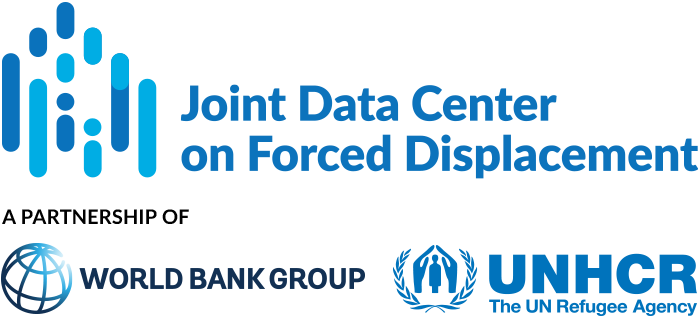This paper estimates the impact of refugee policies on labor and education outcomes in developing countries that host refugees.
JDC Literature Review
Refugees welcome? Inter-group interaction and host community attitude formation
This paper investigates the role of refugee-host interaction in influencing host community attitudes towards refugees in Uganda, Kenya and Ethiopia. The authors also explore the factors, other than contact, that shape attitudes of host communities towards refugees,...
Effects of including refugees in local government schools on pupils’ learning achievement: Evidence from West Nile, Uganda
This article examines the impact of including refugee children in government schools on learning achievement of both refugee and native pupils in the West Nile region of Uganda. Between June 2016 and December 2017, the refugee population in Uganda increased from 0.2...
Inclusive Refugee-Hosting in Uganda Improves Local Development and Prevents Public Backlash
This paper examines whether the presence of large numbers of refugees in Uganda affects the provision of public services in nearby host communities, and whether improvements in public services in turn shapes attitudes toward migrants and migration policies. Uganda...
Conflict-related violence and mental health among self-settled Democratic Republic of Congo female refugees in Kampala, Uganda – a respondent driven sampling survey
This paper evaluates rates of PTSD and depression symptoms among female refugees from Democratic Republic of Congo (DRC) living in Kampala, Uganda, and how mental health issues are associated with traumatic experiences, including rape. There were an estimated 48,000...
Development after Displacement: Evaluating the Utility of OpenStreetMap Data for Monitoring Sustainable Development Goal Progress in Refugee Settlements
The Sustainable Development Goals (SDGs) are most commonly monitored using data collected through national censuses and surveys. However, refugees are consistently excluded from these data collection instruments as well as global settlement and population datasets....
Gender-Based Violence and Violence Against Children: Prevention and Response Services in Uganda’s Refugee-Hosting Districts
Uganda hosts 1.4 million refugees, 81 percent of whom are women and children who are at high risk of gender-based violence (GBV) and violence against children (VAC), including sexual exploitation and abuse, rape, forced and child marriage, and intimate partner...
Deconstructing borders: Mobility strategies of South Sudanese refugees in northern Uganda
Uganda currently hosts more than 880,000 South Sudanese refugees, mostly in its northern districts. Refugees are permitted to work and move freely, and consequently there is interaction with surrounding host communities. Refugees are also free to settle independently...
Localising public health: Refugee-led organizations as first and last responders in COVID-19
Organizations created and led by refugees themselves (‘refugee-led organizations’, RLOs) play an important role in meeting community needs. In particular, refugee-led social protection (activities designed to reduce poverty, vulnerability, or risk), provided by...
Locked Down and Left Behind: The Impact of COVID-19 on Refugees’ Economic Inclusion
This paper examines the economic impacts of the COVID-19 pandemic on refugees in low- and middle-income hosting countries. It highlights the expected disproportionate effect of the pandemic on refugees in terms of employment and wider socio-economic outcomes. Key...


